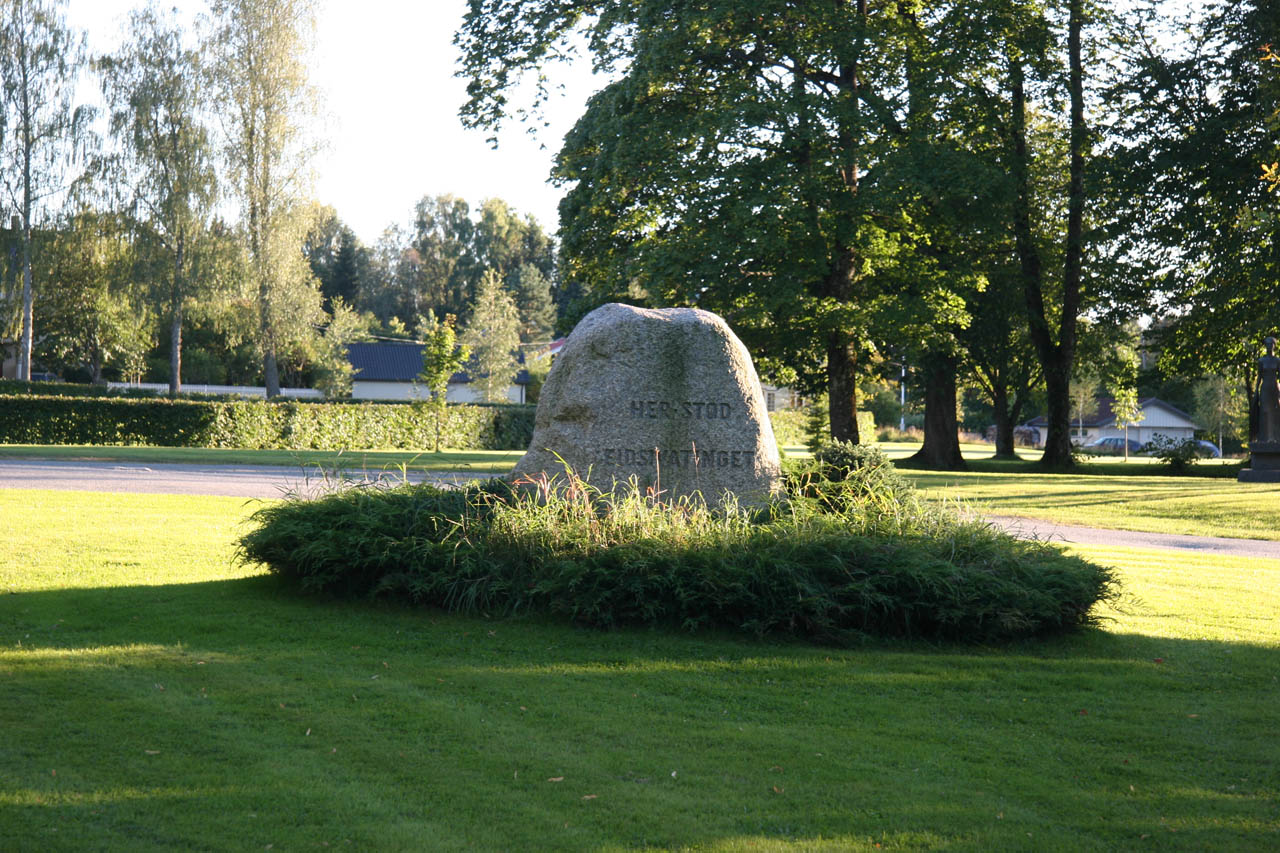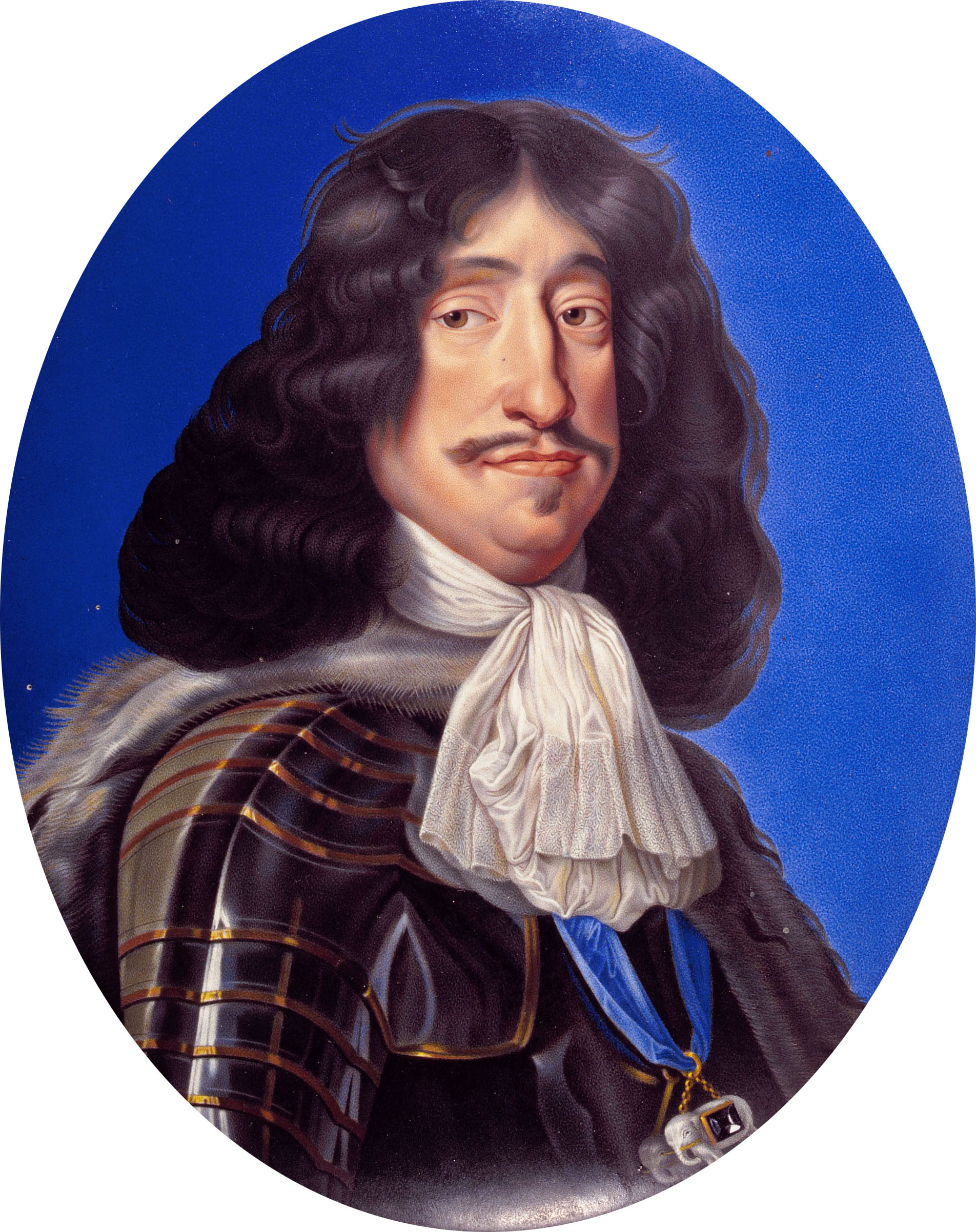|
Eidsivating
Eidsivating was the name of one of the original Norwegian popular assemblies or '' Things''. Historically, it was the site of court and assembly for the eastern parts of Norway. Summary Traditionally, Eidsivating was the court for the population around Lake Mjøsa. Eidsivating was originally situated at Åker gård, the seat of Vang in Hedmark county, Norway. When Norway was united as a kingdom, the first lagtings were constituted as superior regional assemblies, Eidsivating being one of them. These were representative assemblies at which delegates from the various districts in each region met to award legal judgments and pass laws (''Eidsivatingloven''). Later, during the time of St. Olav, the court was moved to Eidsvold. The jurisdiction of the court was then extended to include Romerike and Hadeland as well as Hedmark. Later Østerdalen and Gudbrandsdalen were also included. The ancient regional assemblies – Frostating, Gulating, Eidsivating and Borgarting – were e ... [...More Info...] [...Related Items...] OR: [Wikipedia] [Google] [Baidu] |
Gulating
Gulating ( non, Gulaþing) was one of the first Norwegian legislative assemblies, or '' things,'' and also the name of a present-day law court of western Norway. The practice of periodic regional assemblies predates recorded history, and was firmly established at the time of the unification of Norway into a single kingdom (900–1030). These assemblies or ''lagþings'' were not democratic, but did not merely serve elites either. They functioned as judicial and legislative bodies, resolving disputes and establishing laws. Gulaþing, along with Norway's three other ancient regional assemblies, the Borgarting, Eidsivating, and Frostating, were joined into a single jurisdiction during the late 13th century, when King Magnus the Lawmender had the existing body of law put into writing (1263–1280). They provided the institutional and legal framework for subsequent legislative and judicial bodies, and remain in operation today as superior regional courts. History The Gulaþing was a ... [...More Info...] [...Related Items...] OR: [Wikipedia] [Google] [Baidu] |
Borgarting
The Borgarting was one of the major popular assemblies or things (''lagting'') of medieval Norway. Historically, it was the site of the court and assembly for the southern coastal region of Norway from the south-eastern border with Sweden, westwards to the today's Risør in Aust-Agder. Borgarting was named after its seat, the town of Borg (today Sarpsborg). It was established before 1164 when it absorbed the districts Grenland and Telemark. When Norway was united as a kingdom, the first lagtings were constituted as superior regional assemblies. The ancient regional assemblies – Frostating, Gulating, Eidsivating and Borgarting – were eventually joined into a single jurisdiction. King Magnus Lagabøte had the existing body of law put into writing (1263–1280). In 1274, Magnus promulgated the new national law (''Magnus Lagabøtes landslov''), a unified code of laws to apply for the Kingdom of Norway. This compilation of the codified Gulating laws (''Gulatingsloven'') applied thr ... [...More Info...] [...Related Items...] OR: [Wikipedia] [Google] [Baidu] |
Magnus Lagabøtes Landslov
''Magnus Lagabötes landslov'' ("Magnus Lagabøte's State Law") was a law covering the whole of Norway, issued by King Magnus VI of Norway between 1274 and 1276. The law was the first to apply to Norway as a whole and is one of the first examples of comprehensive national legislation from a central authority in Europe. The law is the reason that the king was given the name ''Lagabøte'', "the one who improves the law". Characteristics Although the legislation applied to the whole country, it formally consisted of four different law books, one for each of the four jurisdictions (Gulating, Frostating, Eidsivating and Borgarting). However, the content of the four statutes was largely similar and was based primarily on the previous jurisdictional laws. In addition, a separate City Law, ''Magnus Lagabøtes bylov'', was issued for the cities, from 1276. The preparation of a shared law strengthened the central authorities and the king's power. This led to reactions, especially from the ... [...More Info...] [...Related Items...] OR: [Wikipedia] [Google] [Baidu] |
Thing (assembly)
A thing, german: ding, ang, þing, enm, thing. (that is, "assembly" or folkmoot) was a governing assembly in early Germanic society, made up of the free people of the community presided over by a lawspeaker. Things took place at regular intervals, usually at prominent places that were accessible by travel. They provided legislative functions, as well as being social events and opportunities for trade. In modern usage, the meaning of this word in English and other languages has shifted to mean not just an assemblage of some sort but simply an object of any sort. Earliest reference and etymology The first detailed description of a thing was made by Tacitus in AD 98. Tacitus suggested that the things were annual delegate-based meetings that served legal and military functions. The oldest written reference of the thing is on a stone pillar found along Hadrian's Wall at Housestead in the UK. It is dated AD 43-410 and reads: "DEO MARTI THINCSO ET DUABUS ALAISIAGIS BEDE ET FI ... [...More Info...] [...Related Items...] OR: [Wikipedia] [Google] [Baidu] |
Medieval Scandinavian Law
Medieval Scandinavian law, also called North Germanic law, was a subset of Germanic law practiced by North Germanic peoples. It was originally memorized by lawspeakers, but after the end of the Viking Age they were committed to writing, mostly by Christian monks after the Christianization of Scandinavia. Initially, they were geographically limited to minor jurisdictions (''lögsögur''), and the Bjarkey laws concerned various merchant towns, but later there were laws that applied to entire Scandinavian kingdoms. Each jurisdiction was governed by an assembly of free men, called a þing. The court assembly, the ''thing'', used the law and heard witnesses to rule whether the accused was guilty or not. There were usually two types of punishment: outlawing and fines. The most common means of justice were, however, fines; the amount varied, depending on the severity of the offense. This system was extremely intricate and the fines themselves, singularly a "mulct", were also varied acc ... [...More Info...] [...Related Items...] OR: [Wikipedia] [Google] [Baidu] |
Frostating
The Frostating was an early Norwegian court. It was one of the four major Things in medieval Norway. The Frostating had its seat at Tinghaugen in what is now the municipality of Frosta in Trøndelag county, Norway. The name lives on in the present day Frostating Court of Appeal in Norway. Tinghaugen Tinghaugen, from the Old Norse words meaning 'assembly' and meaning 'hill', is close to the medieval church at Logtun. The site is represented by the Frostatinget bautasten at Tinghaugen. Frostating was arguably Norway's oldest court, pre-dating the Viking period. The Frostating had authority over the eight districts in Trøndelag including (Nordmøre and Fosen) and (Namdalen) and at a later time, it also included Hålogaland. When Norway was united as a kingdom, the existing lagtings (law assemblies) were constituted as superior regional assemblies, Frostating being one of them. These were representative assemblies at which delegates from the various districts in each region ... [...More Info...] [...Related Items...] OR: [Wikipedia] [Google] [Baidu] |
Peter Andreas Munch
Peter Andreas Munch (15 December 1810 – 25 May 1863), usually known as P. A. Munch, was a Norwegian historian, known for his work on the medieval history of Norway. Munch's scholarship included Norwegian archaeology, geography, ethnography, linguistics, and jurisprudence. He was also noted for his Norse legendary saga translations. Background Peter Andreas Munch was born in Christiania (now Oslo). He was the son of Edvard Storm Munch and Johanne Sophie Hofgaard. Munch was the uncle of the famous painter Edvard Munch. Munch grew up at Gjerpen parsonage, where his father was parish priest of the Church of Norway. He was schooled in the city of Skien. He attended the Royal Frederick University. Munch first studied law and took his state examination in 1834, but then turned to historical and philological studies. Career Munch's first great achievement, with Rudolph Keyser, was their three volumes of ''Norges Gamle Love'' (Norway's old laws), edited after a two-year research ... [...More Info...] [...Related Items...] OR: [Wikipedia] [Google] [Baidu] |
Constitution Of Norway
nb, Kongeriket Norges Grunnlov nn, Kongeriket Noregs Grunnlov , jurisdiction =Kingdom of Norway , date_created =10 April - 16 May 1814 , date_ratified =16 May 1814 , system =Constitutional monarchy , branches = Judicial, Executive, and Legislative , chambers =Unicameral , executive =Prime Minister , courts = Supreme court, Court of impeachment, and subordinate courts , federalism =No , electoral_college =No , date_legislature =7 October 1814 , citation = , location_of_document = Storting , writer =Norwegian Constituent Assembly , head_of_state=Monarchy of Norway , supersedes=King's Law (Lex Regia) , wikisource = Constitution of Norway The Constitution of Norway (complete name: The Constitution of the Kingdom of Norway; Danish: ; Norwegian Bokmål: ; Norwegian Nynorsk: ) was adopted on 16 May and signed on 17 May 1814 by the ... [...More Info...] [...Related Items...] OR: [Wikipedia] [Google] [Baidu] |
King's Law
The King's Law () or ''Lex Regia'' () (also called the Danish Royal Law of 1665) was the absolutist constitution of Denmark and Norway from 1665 until 1849 and 1814, respectively. It established complete hereditary (agnatic-cognatic primogeniture) and absolute monarchy and formalized the king's absolute power, and is regarded the most sovereign form of all the European expressions of absolutism. Danish professor in legal history of the University of Copenhagen, Jens Chr. V. Johansen, asserts that with Europe's least circumscribed form of absolutism, Denmark "may be considered the most absolute of all the absolute European monarchies". It is the only formal constitution of any absolute monarchy, and has therefore been the subject of considerable historical and academic attention. The King's Law comprises 40 articles and is divided into seven main chapters. Articles 1 to 7 determine the royal absolute power, and the following articles contain rules on the king's authority and gu ... [...More Info...] [...Related Items...] OR: [Wikipedia] [Google] [Baidu] |
Peder Schumacher Griffenfeld
Count Peder Griffenfeld (before ennoblement Peder Schumacher) (24 August 1635 – 12 March 1699) was a Danish statesman and royal favourite. He became the principal adviser to King Christian V of Denmark from 1670 and the ''de facto'' ruler of the dual kingdom of Denmark-Norway in the first half of the 1670s. In 1673 he was appointed as Chancellor of Denmark, elevated to count, the highest aristocratic rank in Denmark-Norway, and received the Order of the Elephant, the country's highest order. At the behest of his enemies at court, Griffenfeld was arrested in early 1676 and convicted of treason, a charge that historians agree was false. He was imprisoned for 22 years, mainly at Munkholmen in Norway. Early years Born at Copenhagen into a wealthy trading family connected with the leading civic, clerical and learned circles in the Danish capital, he was prepared for university (at the age of ten) by Jens Vorde. Vorde praises his extraordinary gifts, his mastery of the classical ... [...More Info...] [...Related Items...] OR: [Wikipedia] [Google] [Baidu] |
Personal Union
A personal union is the combination of two or more states that have the same monarch while their boundaries, laws, and interests remain distinct. A real union, by contrast, would involve the constituent states being to some extent interlinked, such as by sharing some limited governmental institutions. Unlike the personal union, in a federation and a unitary state, a central (federal) government spanning all member states exists, with the degree of self-governance distinguishing the two. The ruler in a personal union does not need to be a hereditary monarch. The term was coined by German jurist Johann Stephan Pütter, introducing it into ''Elementa iuris publici germanici'' (Elements of German Public Law) of 1760. Personal unions can arise for several reasons, such as: * inheritance through a dynastic union, e.g. Louis X of France inherited France from his father and Navarre from his mother * decolonization, ex-colonies install the monarch of the former colonizing power as ... [...More Info...] [...Related Items...] OR: [Wikipedia] [Google] [Baidu] |

.jpg)



